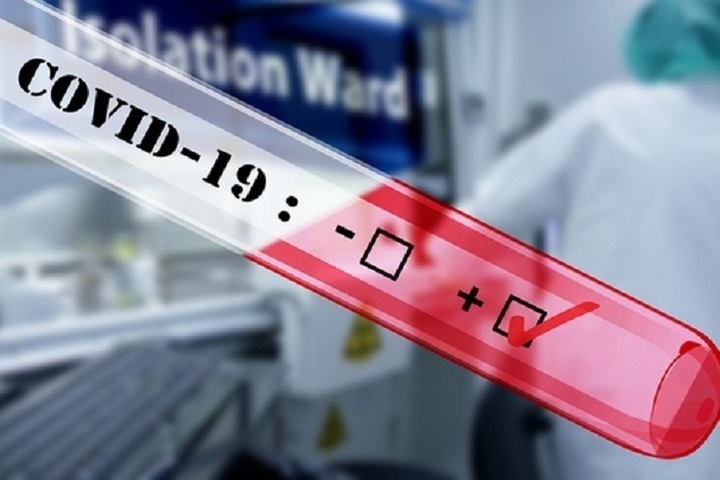
[ad_1]
New study materials to help fight COVID-19 more effectively
The variety of symptoms of COVID-19 manifested in different ways in different patients has forced scientists to simplify the list of coronavirus infection manifestations. Researchers have identified seven forms of the disease whose pandemic has hit the world this year.
In an article recently published in the journal Allergy, a group of researchers from the Medical University of Vienna, led by immunologist Winfried Pickl and allergist Rudolf Valenta (both from the Center for Pathophysiology, Infectiology and Immunology), identified seven forms that COVID-19 disease can take over.
According to scientists, the coronavirus leaves behind significant changes in the immune system even 10 weeks after infection. The research findings could play a significant role in treating patients and developing a powerful vaccine.
According to ScienceDaily, in a study involving 109 convalescents and 98 healthy people in a control group, scientists were able to show that various symptoms associated with COVID-19 appear in symptom clusters.
The researchers identified seven groups of symptoms:
1) flu symptoms (with fever, chills, fatigue and cough);
2) cold-like symptoms (with rhinitis, sneezing, dry throat and nasal congestion);
3) pain in the joints and muscles;
4) inflammation of the eyes and mucous membranes,
5) lung problems (with pneumonia and shortness of breath),
6) gastrointestinal problems (including diarrhea, nausea and headache);
7) loss of smell and taste and other symptoms.
“In the latter group,” says Winfried Pickl, “we found that loss of smell and taste mainly affects people with a ‘young immune system’ as measured by the number of immune cells (T lymphocytes) that have recently migrated from thymus gland. This means that we were able to clearly distinguish systemic (eg Groups 1 and 3) from organ-specific (eg Groups 6 and 7) forms of primary COVID-19 disease. “
At the same time, scientists have found that COVID-19 leaves behind long-detected changes in the blood of convalescents, much like a fingerprint.
For example, the number of granulocytes, which are otherwise responsible in the immune system for fighting bacterial pathogens, is significantly lower than normal in the COVID-19 group. Pickl explains: “This indicates that the immune system is still actively involved in the disease several weeks after the initial infection. At the same time, regulatory cells are greatly reduced and this is likely a dangerous mixture that can lead to autoimmunity. “In addition, increased levels of antibody-producing immune cells have been found in the blood of convalescents: the higher the temperature of the affected patient. during mild illness, the higher the levels of antibodies against the virus.
“Our findings contribute to a better understanding of the disease and help us develop potential vaccines as we now have access to promising biomarkers and can conduct even more effective monitoring,” the scientists point out. – First of all, the study shows that the human immune system “doubles” in defense against COVID-19 due to the combined action of immune cells and antibodies – as a defense in a modern soccer team – and that cells can even remember certain “movements” from the side of the virus and react to them. Now we need to realize these results and use them to develop highly effective vaccines against COVID-19. “
Read the material: “A new case of coronavirus infection was recorded in Russia after vaccination”
.
[ad_2]
Source link